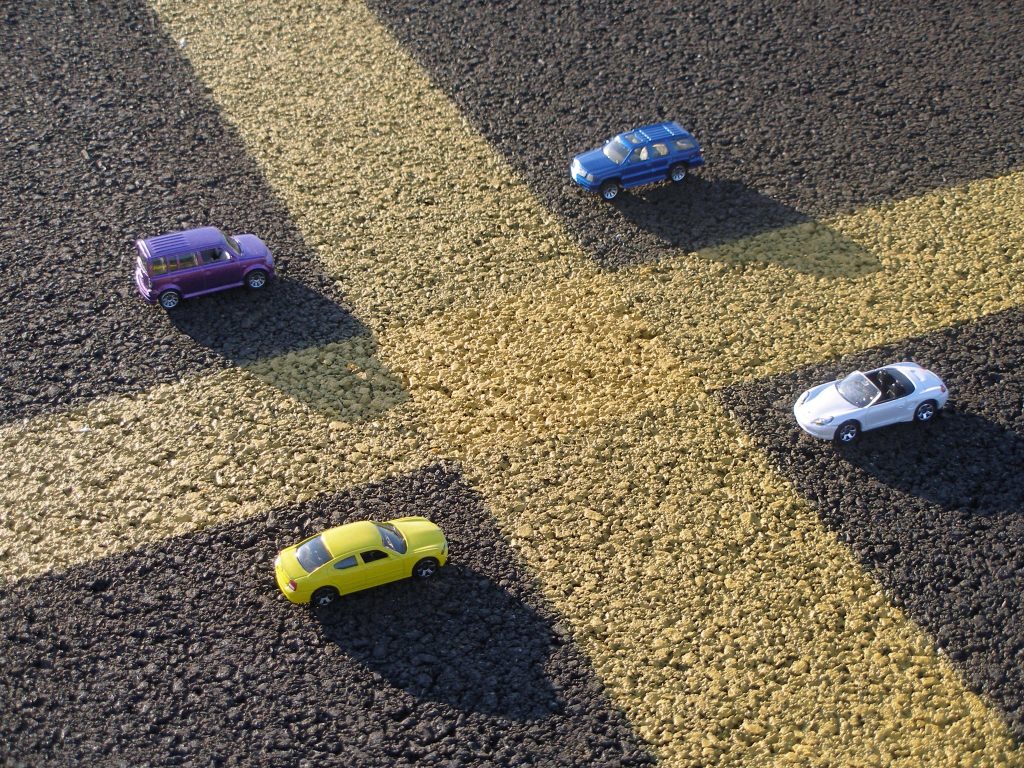 In automobile accident cases, determining the drivers’ liability is often the core issue in determining damages. Unfortunately, who is at fault in a car accident in a parking lot can be tricky. The following lawsuit out of Lake Charles shows how courts weigh the evidence and come to conclusions in parking lot collisions.
In automobile accident cases, determining the drivers’ liability is often the core issue in determining damages. Unfortunately, who is at fault in a car accident in a parking lot can be tricky. The following lawsuit out of Lake Charles shows how courts weigh the evidence and come to conclusions in parking lot collisions.
The case stems from an automobile accident in a business parking lot. Johnnell Duncan alleged that she was traveling through an intersection and stopped at a “stop line” painted on the pavement another vehicle driven by Alexa Miller hit her.
Duncan filed a lawsuit against Miller and her insurance company State Farm Mutual Automobile Insurance Company. The two parties offered contrary views of evidence in the trial court. Miller claimed she was not speeding while turning, while Duncan didn’t stop at the stop line. In addition, Duncan alleged that Miller was holding a cell phone at the time of the accident, which Miller denied. The trial court ruled in favor of Duncan. Miller and State Farm appealed the ruling to the Court of Appeal, Third Circuit.
An appellate court must undertake a two-part inquiry to reverse a factfinder’s determination under the manifestly erroneous or clearly wrong standard. Brewer v. J.B. Hunt Transport, Inc. First, there is no reasonable factual basis found in the record that exists for the finding of the trier of fact. Second, the court must further determine the record establishes the result is clearly wrong. Usually, a factfinder’s choice between two permissible views of evidence cannot be manifestly erroneous.
In this case, Miller and State Farm argued Duncan had a legal duty to refrain from crossing if her movement created an immediate hazard to favored traffic. La.R.S. 32:123. However, the Court of Appeal indicated the Highway Regulatory Act did not apply to the private parking lot. The liability under these circumstances is generally controlled by tort law, which means a driver has the duty of due caution. The Court of Appeal then found the trial court’s conclusion clear because the evidence showed the sole and proximate cause of the accident was the excessive rate of speed of Miller’s automobile. Moreover, the records showed a reasonable factual basis to support the trial court’s conclusion that Miller was solely at fault for the collision.
So how does one determine who is at fault in an automobile collision in a parking lot. The answer is there is no simple answer to this question. Louisiana Courts will use a standard negligence test weighing the facts in evidence and testimony of the witnesses. If an appeal occurs from the trial court’s ruling, it will only be overturned if it is manifestly erroneous. If faced with an injury from a parking lot accident, ensure you retain a skilled personal injury lawyer to prove your case.
Additional resources: JOHNNELL DUNCAN VERSUS STATE FARM MUTUAL AUTOMOBILE INSURANCE COMPANY, ET AL.
Written by Berniard Law Firm Blog Writer
Additional Berniard Law Articles on Automobile Liability and Parking Lots: Accident in Parking Lot Leads to Appeal for Shared Responsibility
 Louisiana Personal Injury Lawyer Blog
Louisiana Personal Injury Lawyer Blog

